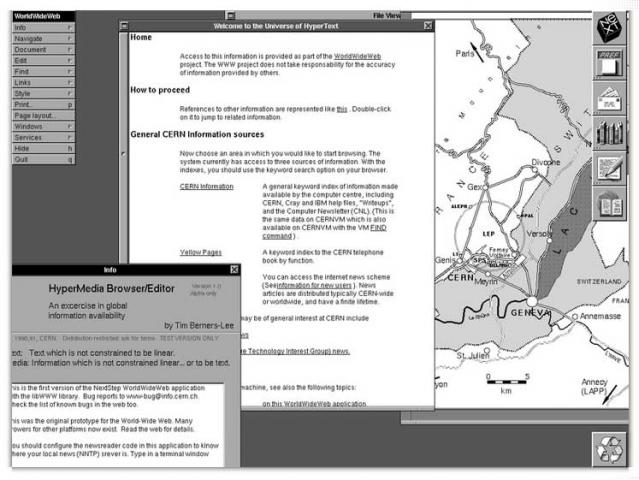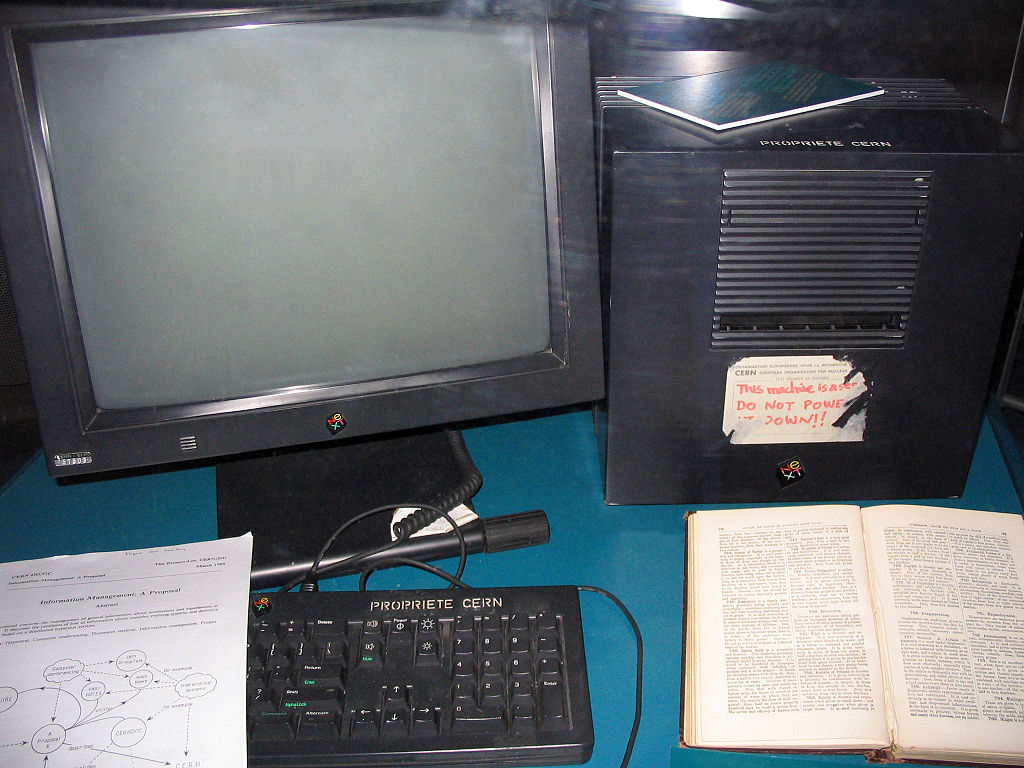
Long before it became known for its 27 kilometre long particle collider, the European Organization for Nuclear Research — CERN, as it’s more commonly know — played an important in the creation of the World Wide Web.
It was 25 years ago on December 19th that one CERN scientist, Tim Berners-Lee, created the world’s first webpage. It wasn’t much to look at, but, minus a picture of a cat, his website had everything that would come to define all subsequent webpages, including a URL, HTTP and HTML.
The page wasn’t made public first — Berners-Lee had initially conceived of webpages as a way for researchers to share information internally — but by January of the following year, scientists from around the world could access it. In 1993, CERN open sourced the software behind the World Wide Web, and it wasn’t long before websites started to spring up all over the place.
Fun fact: the world’s first webpage was hosted on a NeXT PC, the computer company Steve Jobs founded after he was ousted from Apple. According to CERN, it’s still possible to see the machine at one of its museum exhibits. The computer still bears a handwritten label that says, “This machine is a server. DO NOT POWER DOWN!!”
MobileSyrup may earn a commission from purchases made via our links, which helps fund the journalism we provide free on our website. These links do not influence our editorial content. Support us here.



